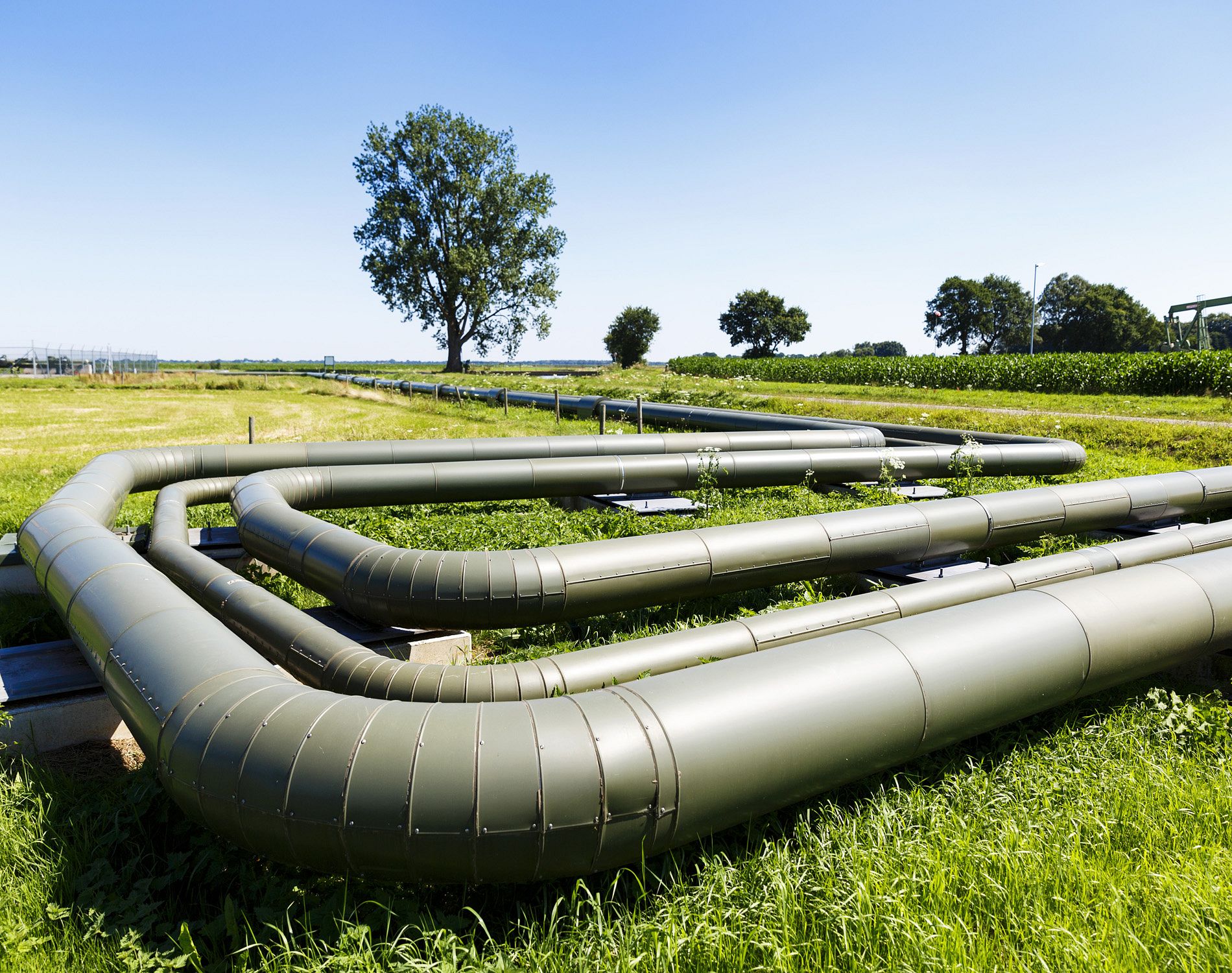Gas production in the Groningen gas field will be cut back by ten percent this autumn to reduce earthquakes. Does this mean that the worst troubles are over for the inhabitants?
The earthquake that shook Groningen in 2012 – 3.6 on the Richter magnitude scale, the largest ever measured in the Dutch province – has stirred up political debate.
To mitigate earthquakes, production decreased from 53 billion cubic metres in 2013 to 24 billion this year. And on the first of October, production will decrease by another ten percent to 21.6 billion cubic metres.
SODM, the Dutch national institute that supervises mines, believes that earthquakes can be controlled by lowering production and by manipulating production patterns. To this end, the exploitation of the well in Loppersum, the area hardest hit by tremors, has been reduced to almost zero.
Will these measures have any effect?
Jacques Hagoort, a former professor of reservoir engineering at the TU Delft, is sceptical. “It is an illusion to think that you can control earthquakes by manipulating production patterns.”
Hagoort is not the only sceptic. An international panel of earthquake experts harshly criticised a recent report by the NAM, the production company that exploits the gas field in Groningen, saying that there is no validated physics-based model that connects reservoir properties, such as production, subsidence, and pressure, to induced seismicity. These experts believe that earthquakes may continue to shake Loppersum.
“Earthquakes arise because of the pressure decline in the reservoir due to gas extraction,” says Hagoort. “In Groningen, the subsurface sandstone reservoir shows a high degree of lateral communication. This means that no matter where you extract gas, the pressure in the subsurface reservoir will lower everywhere. Continued gas extraction will inevitably lead to lower reservoir pressure and to more earthquakes.”
According to Hagoort’s calculations, Groningen will endure another 400 earthquakes of 1.5 on the Richter scale if the whole gas field is depleted
Hagoort developed an empirical model for predicting the frequency and strength of the seismic activity of the Groningen field. According to his calculations, Groningen will endure another 400 earthquakes of 1.5 on the Richter scale if the whole gas field is depleted. This is on top of the almost 300 earthquakes already observed so far.
“You can decrease the frequency of these earthquakes by reducing the extraction rate, but all it means is that you spread them out over a longer period. The total number of earthquakes during the life cycle of the field will remain the same.”
Hagoort’s report, in which he presents his calculations, was rejected this year
Hagoort’s report, in which he presents his calculations, was rejected this year by the Netherlands Journal of Geosciences after two anonymous reviewers criticised the paper on the grounds that it did not “contain an ounce of physics” nor enough references to other publications. Hagoort contested in vain, saying that his research was knowingly based on statistics instead of physics.
A project that might also shed more light on the tremors in Groningen is that of Professor of Applied Geophysics, Kees Wapenaar, of the Department of Geoscience & Engineering. Read about his project here.
Do you have a question or comment about this article?
tomas.vandijk@tudelft.nl


Comments are closed.